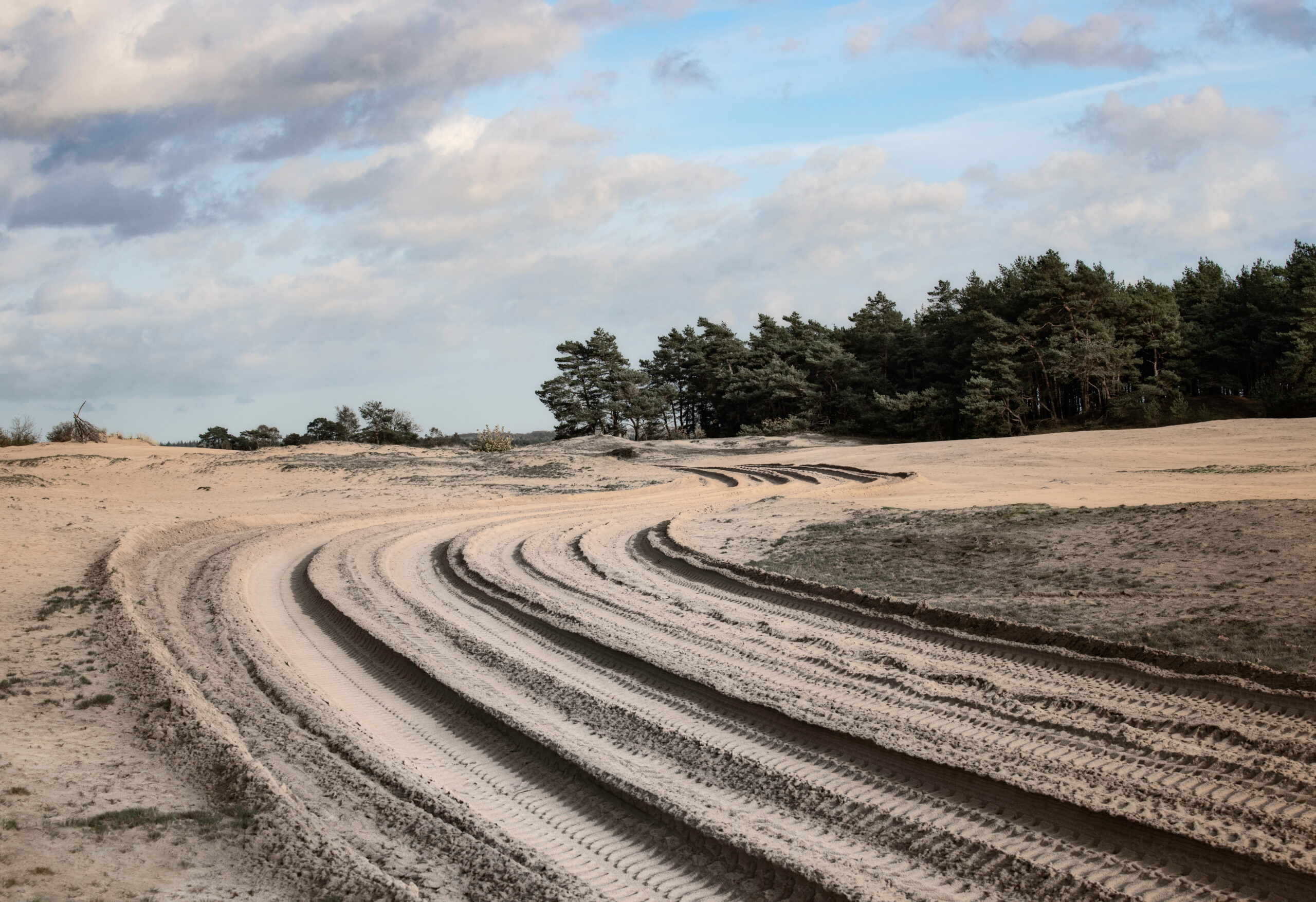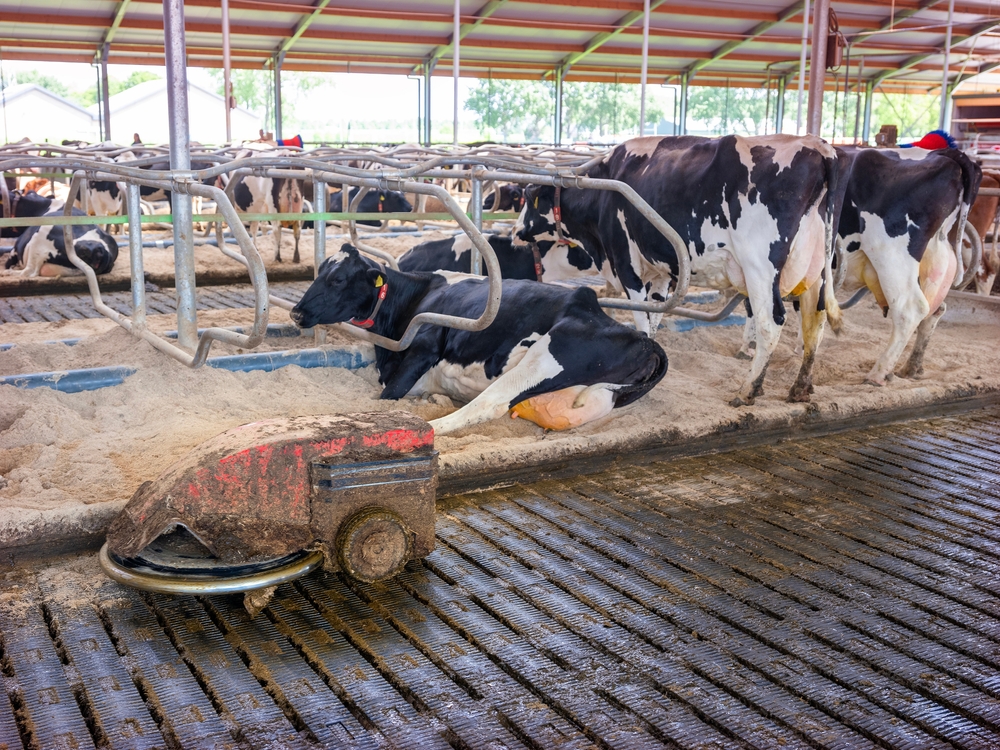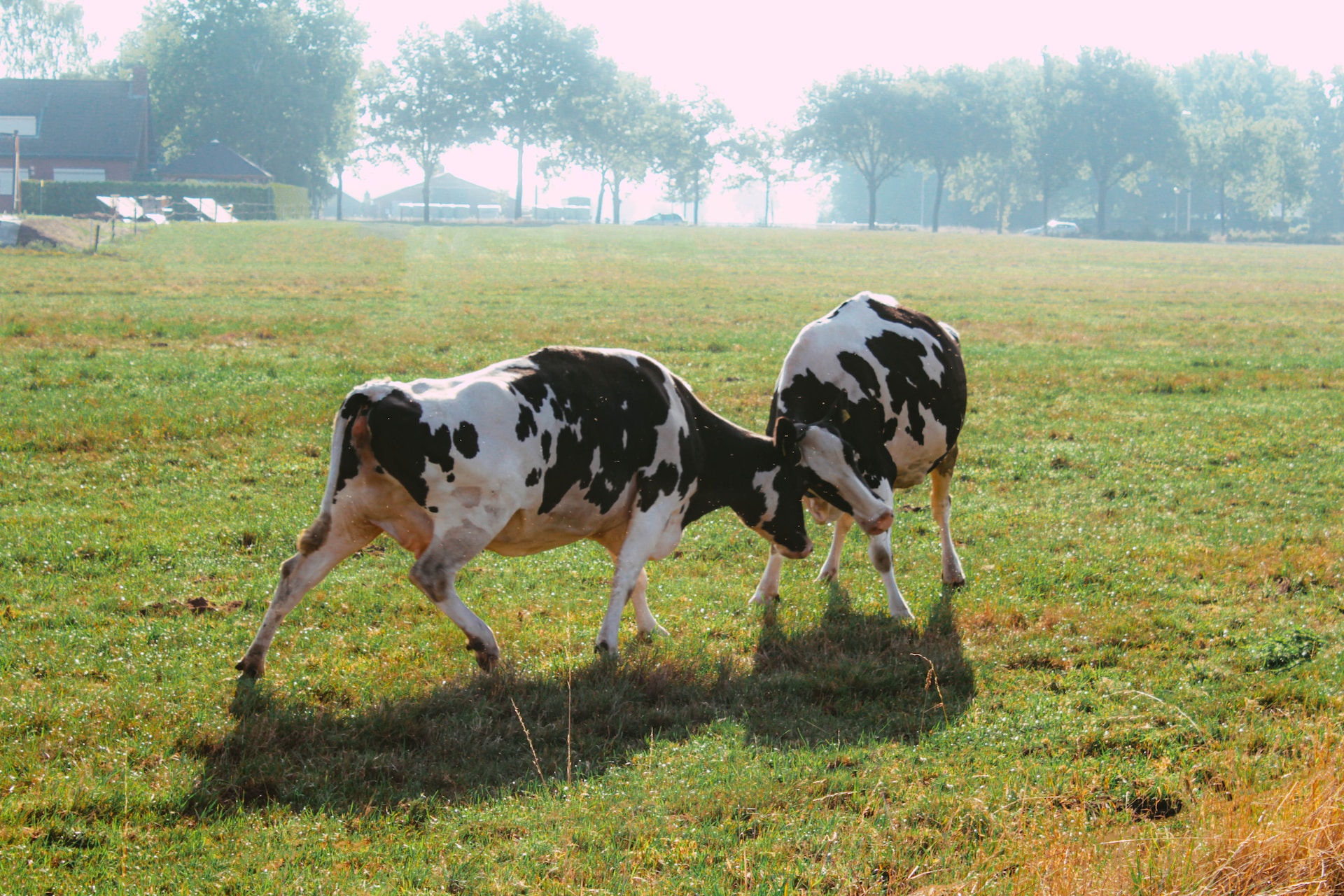The letter the minister sent to the house of representatives last week in which she describes her approach to nitrogen in broad strokes reveals that she intends to address the nitrogen issue primarily through the regional plans provinces are to formulate. The provinces will receive further details on how exactly the nitrogen reduction is to be spatially distributed in April and May. After this, they have until July 2023 to formulate their regional plans.
‘Once again, this will result in a game between the national government and the provinces, similar to the one we saw for PAS, the nitrogen approach that the Council of State rejected in 2019’, says Edo Gies, a senior researcher of Dynamic Land-Use. ‘At the time, WUR calculated that the provinces alone would not be able to solve the nitrogen issue. We are ten years down the line, and the nitrogen issue has only become more pressing.’
Nitrogen blanket
Although there are plenty of arguments favouring a regional approach, says Gies, it is not the ultimate solution. ‘The nitrogen issue is not limited to vulnerable nature areas. The entire Netherlands is covered in a blanket of nitrogen that must be reduced. In addition to specific actions on a regional level, general measures are also required. That integrated approach is more complex but necessary,’ he argues.
Decompartmentalised
The critical question is whether the sum of the provinces’ regional plans will be sufficient. Moreover, the fact that this effect cannot be calculated until mid-2023 is unsettling. ‘The question is also whether the provinces have the right tools to implement their plans’, Gies states.
Ostensible details in government provisions ultimately have a huge impact on the efficacy
Edo Gies, senior researcher of Dynamic Land-Use
An example: ‘For Gelderland province, we established that the greatest nitrogen impact is caused by a small number of large livestock farms. These so-called “future businesses” will almost certainly want to continue their entrepreneurship. A generous budget to buy out farmers only benefits the province if it is sufficiently decompartmentalised and can be applied flexibly towards emission-reducing measures for the businesses generating the greatest emissions. Ostensible details in government provisions ultimately have a huge impact on efficacy.’

 To prevent overgrowth, the nitrogen-rich drifting sands of the Kootwijkerzand have been stripped of turf over an area of dozens of hectares. Photo Shutterstock
To prevent overgrowth, the nitrogen-rich drifting sands of the Kootwijkerzand have been stripped of turf over an area of dozens of hectares. Photo Shutterstock 

